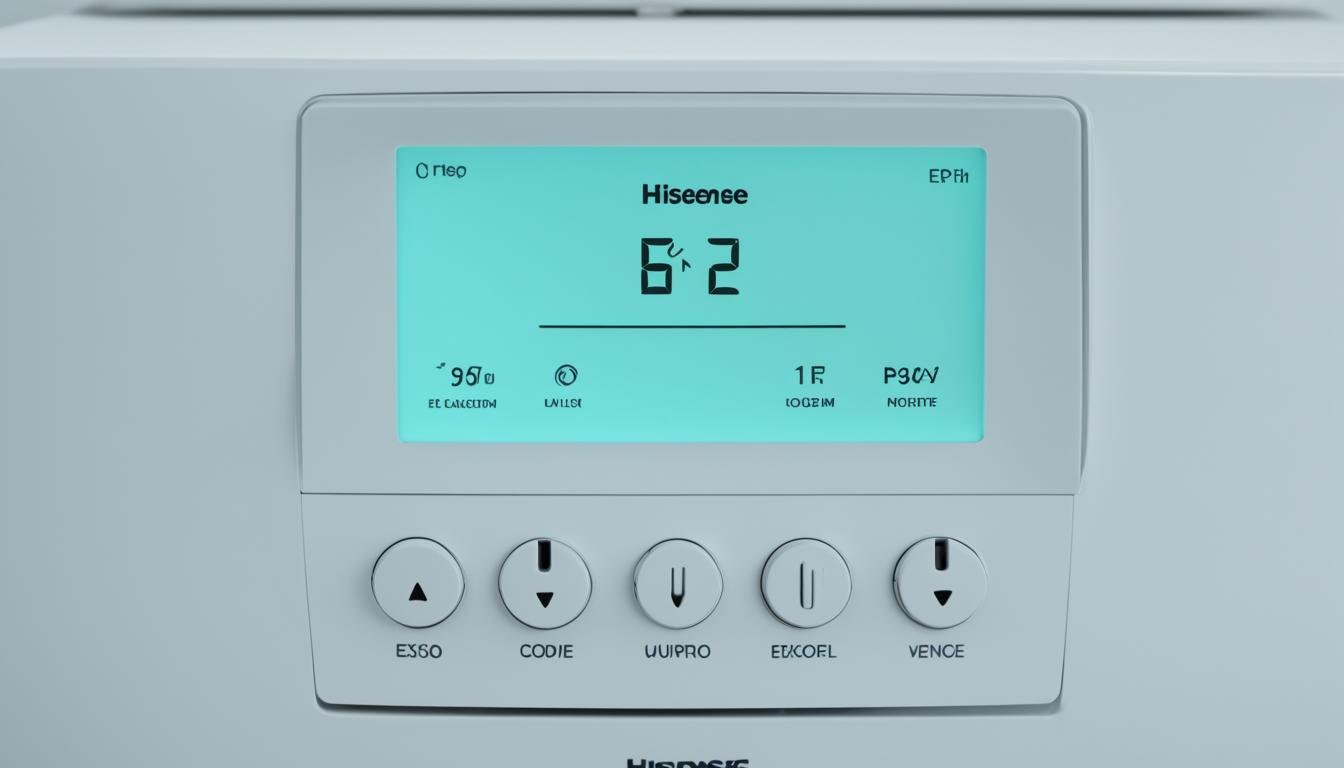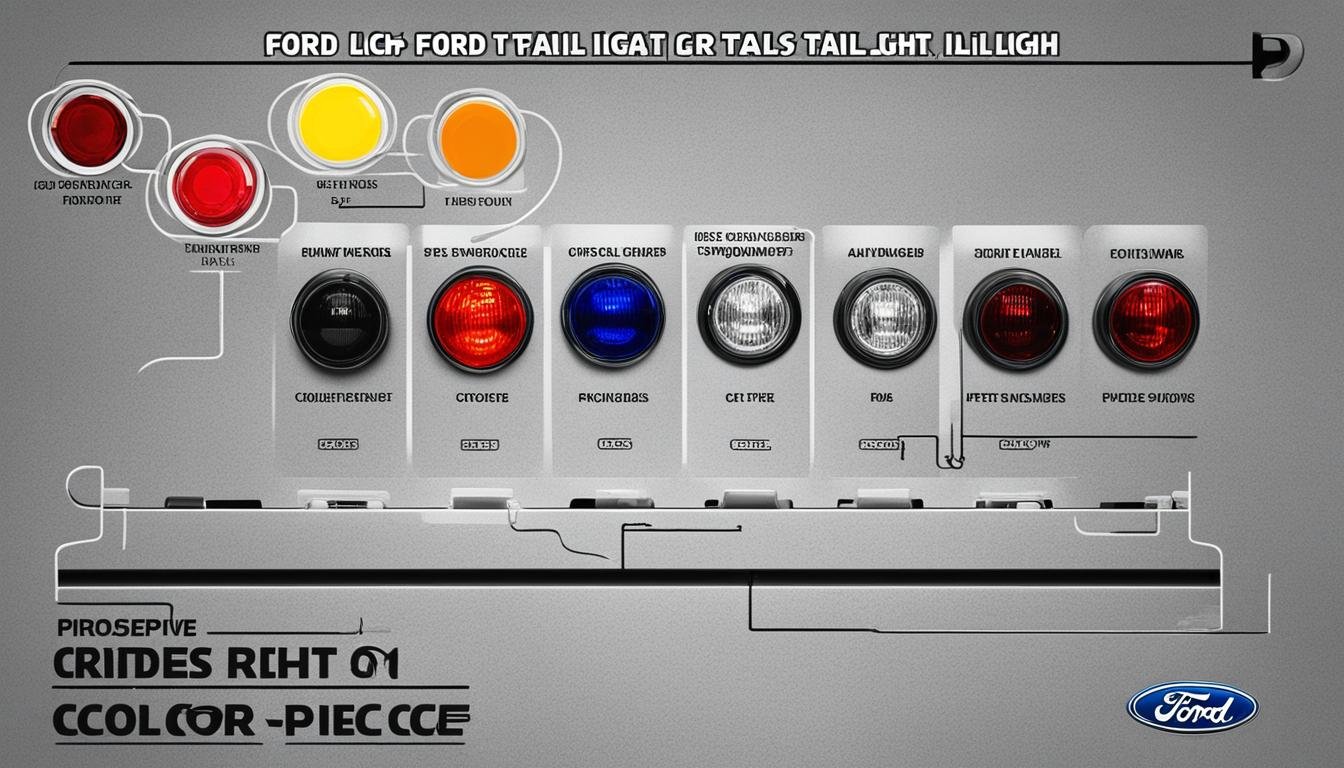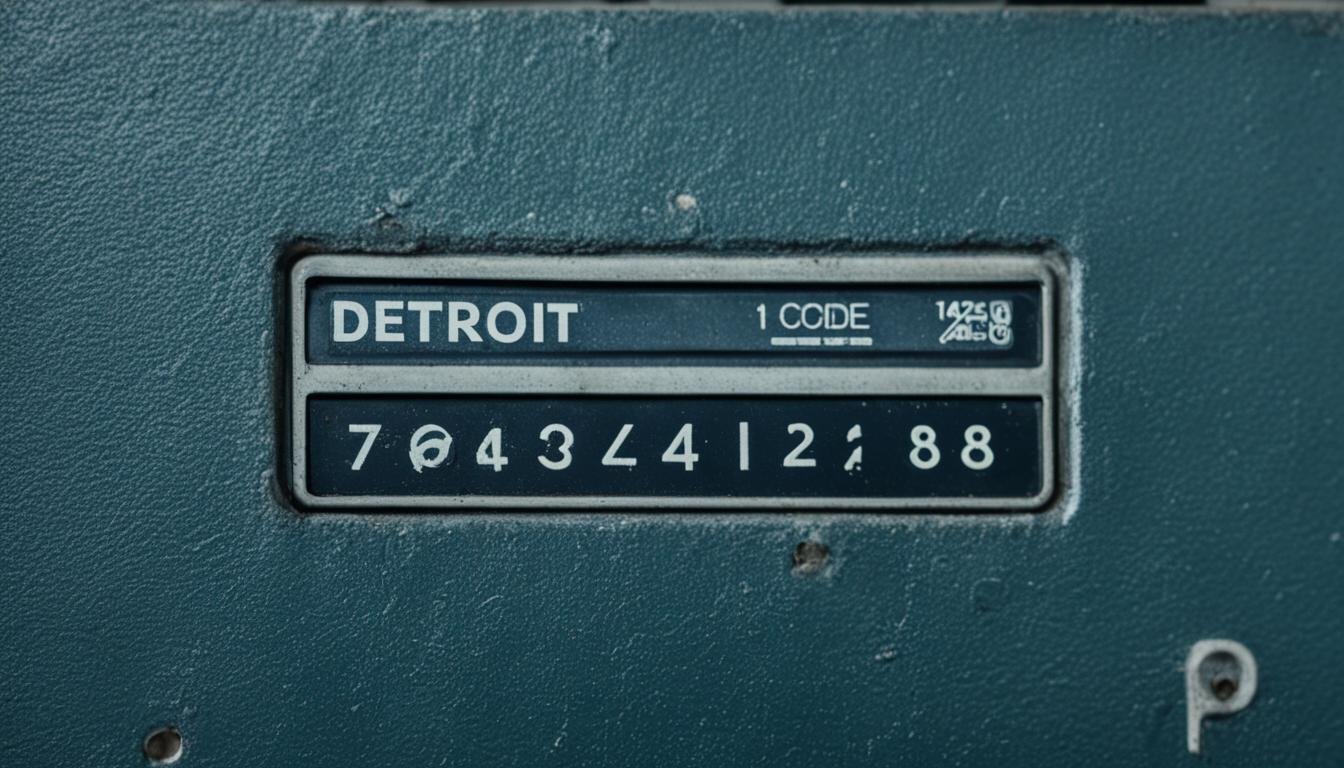Are you struggling with a P1 error code on your mini split system? Don’t worry, you’re not alone. This common error code indicates an abnormal rise or drop in voltage, which can be caused by various factors. But what can you do to fix it?
When faced with a P1 error code, there are a few troubleshooting steps you can take to resolve the issue. First, turn off the unit and wait for two minutes before turning it back on. Sometimes, a simple reset can clear the error code.
If the problem persists, it’s time to dig deeper. Grab a multi-meter and check the voltage at the outdoor unit. Make sure the refrigerant valves are fully open and not forced. These simple checks can help identify any issues causing the P1 error code.
But what if these steps don’t solve the problem? In that case, it’s best to contact the manufacturer’s warranty department for professional assistance. They will be able to guide you through the troubleshooting process and offer solutions tailored to your specific mini split system.
Key Takeaways:
- A P1 error code on a mini split system indicates an abnormal rise or drop in voltage.
- To troubleshoot, start by turning off the unit and waiting for two minutes before turning it back on.
- Check the voltage at the outdoor unit using a multi-meter and ensure the refrigerant valves are fully open.
- If the problem persists, contact the manufacturer’s warranty department for professional assistance.
- Regular maintenance and professional check-ups can help prevent error codes and ensure optimal performance.
Common Mini Split Error Codes and Their Meanings
Mini split systems utilize error codes to indicate and diagnose potential issues within the system. Understanding these error codes is crucial for troubleshooting and resolving problems efficiently. Below are some common mini split error codes and their meanings:
| Error Code | Meaning |
|---|---|
| EH 00 | Indoor unit EEPROM error |
| EL 01 | Communication error between indoor and outdoor units |
| EC 53 | Outdoor ambient temperature sensor error |
Each error code signifies a specific problem that needs to be addressed promptly to prevent system failure. When encountering an error code, follow these steps to clear it:
- Turn off the unit and the breaker.
- Identify and fix the underlying issue. Possible causes include wiring problems, faulty sensors, or a malfunctioning PCB.
- Turn the unit back on.
Regular maintenance is key to preventing error codes from occurring. This includes cleaning filters, checking for leaks, and ensuring proper airflow. By maintaining these practices, you can minimize the chances of encountering error codes and prolong the lifespan of your mini split system.
Tips for Maintaining Mini Split Systems
To keep your mini split system running efficiently, it’s important to schedule regular maintenance with an HVAC professional. We recommend having a checkup twice a year, typically in the spring and fall. During the maintenance visit, the technician will perform essential tasks to ensure the optimal performance and longevity of your system.
One important task during maintenance is cleaning the filters. Over time, filters can become clogged with dirt, dust, and other particles, reducing the system’s efficiency. Cleaning or replacing the filters as needed can help maintain proper airflow and prevent strain on the components.
In addition to filter maintenance, the technician will clear any debris that may have accumulated around the outdoor unit, as this can obstruct the airflow and potentially cause damage. They will also check valves for proper operation, clean coils to maintain efficient heat transfer, and inspect the system for refrigerant leaks, which can impact cooling performance. By addressing these maintenance tasks, you can minimize the risk of issues that could lead to error codes or system failure.
While professional maintenance is crucial, homeowners can also contribute to maintaining their mini split systems. Keeping the outdoor unit free from debris, such as leaves and branches, can help prevent airflow restriction. Regularly checking and cleaning the filters between professional visits can provide additional protection against dirt buildup. If you notice any unusual smells, sounds, or temperature fluctuations, it’s important to contact a professional for further inspection and possible repair.
By following these maintenance tips and partnering with an HVAC professional, you can ensure that your mini split system operates efficiently and reliably for years to come. Regular maintenance and proactive care will help you avoid unnecessary breakdowns, extend the lifespan of your unit, and enjoy the comfort and efficiency that a well-maintained mini split system provides.
FAQ
How do I fix a P1 error code on my mini split system?
To fix a P1 error code on a mini split system, start by turning off the unit and waiting for two minutes before turning it back on. If the problem persists, check the voltage at the outdoor unit using a multi-meter. Ensure that the refrigerant valves are fully open and not forced. If these steps don’t resolve the error code, contact the manufacturer’s warranty department for assistance.
What are some common mini split error codes and their meanings?
Some common mini split error codes include EH 00 (indoor unit EEPROM error), EL 01 (communication error between indoor and outdoor units), and EC 53 (outdoor ambient temperature sensor error). Each code represents a specific problem, and it’s important to address them promptly to prevent system failure.
How can I maintain my mini split system?
To maintain your mini split system, it’s important to schedule regular maintenance with an HVAC professional twice a year, typically in the spring and fall. During maintenance, the technician will clean filters, clear debris around the outdoor unit, check valves, clean coils, and inspect for refrigerant leaks. Homeowners can also help maintain their systems by keeping the outdoor unit free from debris and checking filters periodically.






Leave a Reply